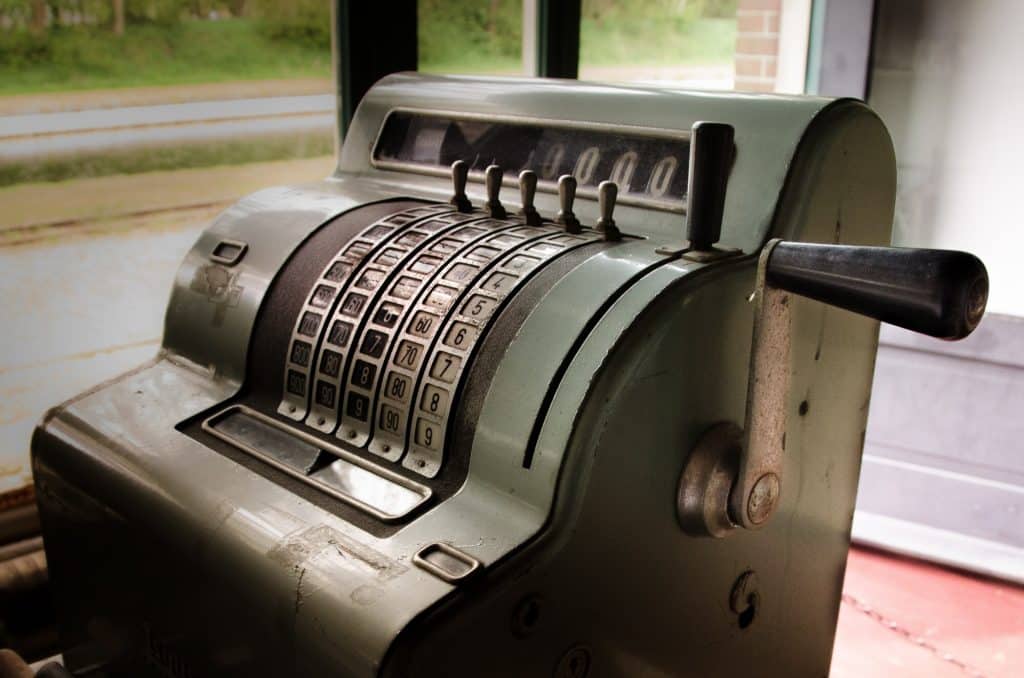Did you know there are over 6000 banks and financial institutions in the US alone? Each of them serves a different purpose concerning customers and the broader local and global economy. But do you know what makes a retail bank different? Knowing how they work can help you make better choices regarding your finances. Read on as we discuss everything you must know about retail banking.
What Is Retail Banking?
The retail banking definition is of a bank that provides financial services to members of the public and individuals instead of businesses. It is also called personal or consumer banking.
They provide a range of services such as loans, personal accounts for checking and saving, credit cards, and mortgages. They allow people to deposit money and gain access to lines of credit. Retail banks may be local community banks or branches of larger banks.
This is in contrast to a business banking service. These are only offered to small and large businesses and offer different services and rates.
How Does a Retail Bank Work?
When a retail bank gets money from a customer deposit, it will use this to earn money. The deposit will be put toward issuing a loan, on which they charge interest.
Different loans have various rates and periods in which they need to be paid back. For example, a mortgage loan will be paid over a long period and have a lower interest rate–as it is a significant amount. On the other hand, credit card debt needs to be paid back quickly and has higher rates.
Banks will offer steady interest rates to tempt customers to keep their money in the bank. They will also get profit from transaction and service fees. For example, they may charge overdraft fees and maintenance costs on specific accounts.
Types of Retail Bank
Retail banks can be broken down into two main types. These are commercial banks and cooperatives with credit unions. Though they offer many similar services, they do bear fundamental differences.
Commercial Banks
Commercial banks offer all the services you would expect from a consumer bank, often providing a wide range of services. Interest rates are charged on loans, and transaction fees are taken to make a profit. They will generally have a broad interest rate spread during good economic times to make more profit.
In downturns, they will lower rates to attract more customers. Using a combination of interest rates and banking fees, they turn a profit. This is given to shareholders, the key factor making it fundamentally different from credit unions and cooperatives.
Credit Unions and Cooperatives
Credit unions and cooperatives offer much the same services as commercial banks. However, they will not have the breadth of choice or range of services. You may also find that they have shorter opening hours and fewer employees.
However, these establishments do not use their profit for shareholder dividends. Instead, the money is relocated to the customers themselves. This means lower interest rates on loans, higher interest on savings, and reduced transaction fees.
Services Offered
Retail banks will offer several services to customers. Depending on the size of the bank, these may have different terms and conditions that help fix one to your needs.
Transaction Accounts
These are the standard accounts that allow people to make deposits and withdrawals when they see fit. It will often be the account people have wages deposited into. In the US and some other countries, they are often known as checking accounts.
Savings Account
A savings account allows depositors to hold money for long periods and gain extra interest on it. They are less liquid than transaction accounts, often having stipulations for the withdrawal of funds. In compensation, interest rates will be better than the transaction account.
Cards
Cards include credit and debit cards. A credit card allows a customer a small line of credit for free use. This often has a higher rate of interest than longer period loans.
Debit cards work similarly. However, they do not offer credit.
When you use the card, money deducts from the funds in your transaction account almost immediately. Therefore you can never spend more than you have.
ATM cards would also come under this category. They allow people to take money from an ATM in a particular geographical location or district.
Loans
Banks make money from the interest charged on loans, and they are a vital part of their operation. You will find a vast range of loans available from a bank. They could be long-term home improvement loans or short-term personal loans.
Online Services
There are few banks these days without online services. This will let you do e-banking, checking your statements and making transactions online. This frees up labour at the bank itself and gives you 24-hour access to services.
Functions of a Retail Bank
Retail banks do not just serve consumers. They are part of the larger economy and provide an essential role within it. All banks are overseen by the central bank of the country they are situated in and must abide by the fiscal policy.
For example, they can control the supply of money in the economy. By adjusting the interest rates and adjusting requirements for credit, they can decide how much money is available.
They can also stimulate the economy by lowering the costs of borrowing. When the economy needs help, they lower interest rates to increase consumer spending. In times of prosperity, this can rise, resulting in more profit.
Learn More About Retail Banking
When choosing retail banking, make sure you shop around. Different banks will have a range of services, some of which may be better for your needs. Get recommendations online or ask friends, family, and colleagues who they use.
If you need assistance making the right financial decisions, then CFI.co should be your first stop. From savings to shares, we are the online resource for everything you need to know about the world economy.
Click here to see all our articles on retail banking.
